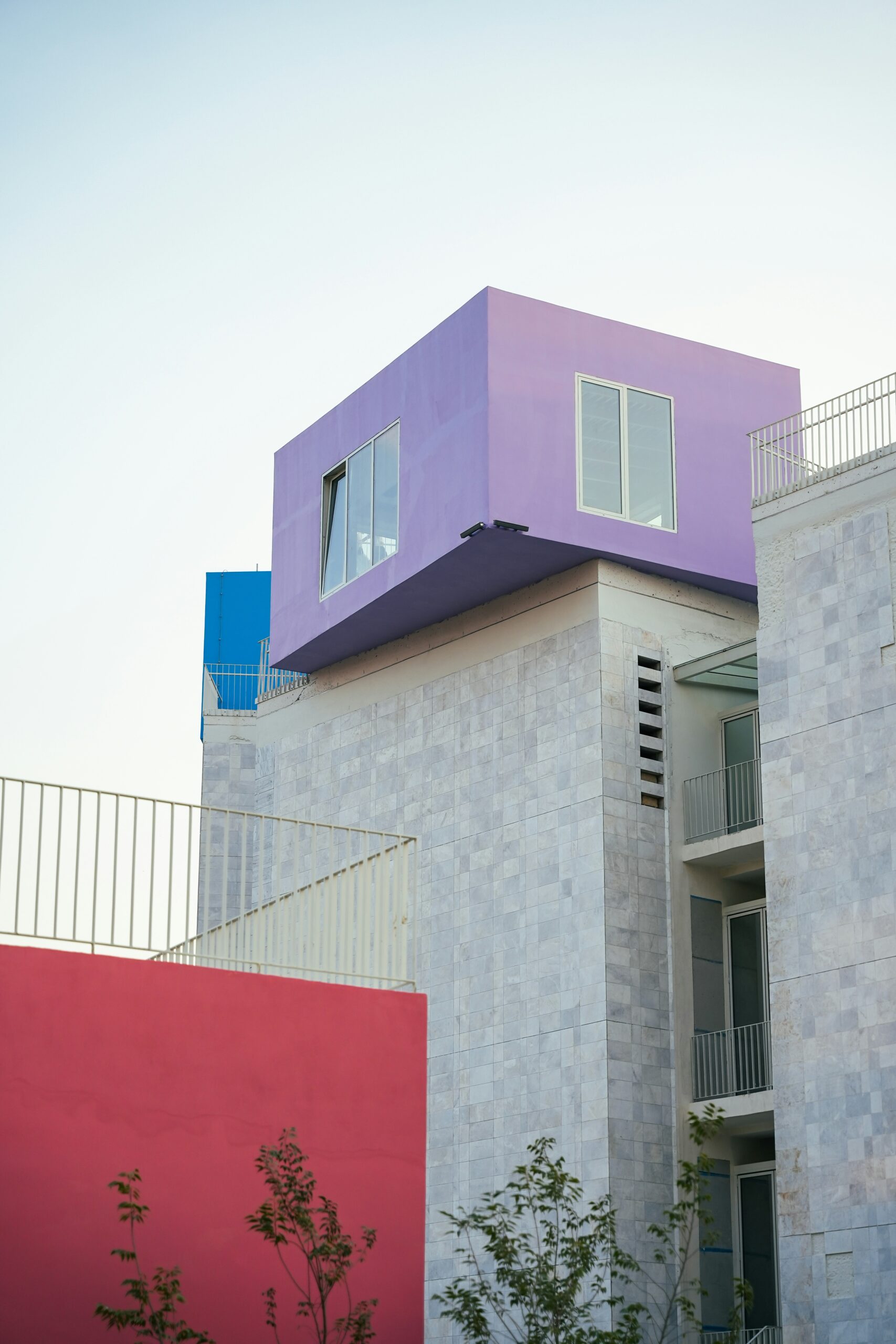What Is Modular and Prefabricated Architecture?
Before diving in, let’s clarify what modular and prefabricated architecture means:
- Modular Architecture refers to buildings constructed from sections—or “modules”—that are created off-site and assembled on-site like giant Lego pieces.
- Prefabricated Construction involves the creation of building components (e.g., walls, floors, roofs) in a factory setting, which are then transported to the construction site for assembly.
The shared goal of these methods is to streamline the building process, minimize waste, and maximize efficiency.
Common Applications of Modular and Prefabricated Architecture:
- Residential housing (e.g., modular homes and apartment complexes)
- Schools and healthcare facilities
- Retail and hospitality (e.g., pop-up stores, hotels)
- Large-scale construction projects like stadiums and office towers
Notably, the market for modular construction is projected to grow at a compound annual growth rate (CAGR) of 6.6% between 2021 and 2028, signaling expanding demand.
Benefits of Modular and Prefabricated Architecture
1. Time Efficiency
One of the most compelling advantages is its speed. Traditional construction schedules can be delayed due to weather, on-site complications, or unexpected costs. By building structures in controlled factory environments, modular and prefabricated construction significantly reduces project timelines.
Stat Highlight: Modular construction reduces build time by up to 50%, according to a report by McKinsey & Company.
2. Cost Savings
Streamlined operations and bulk material purchases lead to lower costs—a major draw for homeowners and developers. With fewer on-site labor requirements and reduced construction errors, prefabricated methods can help keep projects closer to budget.
Pro Tip: Modular construction is ideal for projects with repetitive designs, where economies of scale are fully maximized.
3. Sustainability
Factory environments make it easier to control waste, reuse materials, and achieve precision, making modular and prefabricated methods inherently greener. Additionally, fewer deliveries to the site result in a smaller carbon footprint during the construction process.
4. Flexibility and Scalability
Need extra space? Modular designs can adapt and scale over time. For example, additional modules can be added to homes or offices as requirements grow, making modular architecture particularly useful for businesses forecasting future expansions.
5. Improved Quality Control
Manufacturing building components in factories ensures consistent quality, because every piece is built under stringent conditions with advanced machinery. This drastically reduces on-site errors and guarantees durability.
Side-by-Side Comparison Table:
| Feature | Modular & Prefabricated Construction | Traditional Construction |
|---|---|---|
| Build Time | Up to 50% faster | Prone to delays |
| Cost Efficiency | High | Moderate |
| Sustainability | High | Moderate to Low |
| Flexibility | High | Low (requires major alterations) |
| Weather Dependence | None (factory-built) | High (open to elements) |
| Labor Requirements | Lower | Higher |
Challenges to Overcome
- Transportation Costs: Large modules or components can incur high transportation costs.
- Design Constraints: Certain aesthetic or structural elements can be limited by factory production capabilities.
- Regulatory Hurdles: Local building codes may not always favor non-traditional construction methods, causing potential delays.
Defeating these challenges will require greater collaboration across industry stakeholders, as well as investments in education and awareness about the merits of modular and prefabricated methods.
Modular and Prefabricated Design in Action
Case Study Highlight: The CitizenM Hotel Chain
With hotels strategically placed in urban areas worldwide, the CitizenM brand relies on modular construction to deliver turnkey solutions. Each pod-like module contains a fully fitted guest room, complete with plumbing, electricity, and furniture. Once delivered to the site, these pods are assembled into a cohesive modern hotel in record time.
Another Real-Life Application
During the COVID-19 pandemic, prefabricated healthcare facilities became essential for expanding hospital capacities. Modular ICU units were quickly set up in cities across the globe, demonstrating the real-world effectiveness of accelerated construction timelines.
“Modular construction can and will change the way we approach urban development,” says Sarah Norton, a leading architect specializing in sustainable design. “It’s no longer a question of ‘if,’ but ‘when’ modular designs will dominate the industry.”
FAQs About Modular and Prefabricated Architecture
1. Is modular construction more expensive upfront?
While it might have slightly higher upfront costs than traditional methods, modular construction often saves money in the long run due to lower labor costs and quicker project completions.
2. Can modular designs accommodate unique architecture?
Yes! With advancements in modular technology, intricate designs are increasingly achievable without sacrificing aesthetic appeal.
3. What building materials are typically used?
Modular and prefabricated construction employs standard materials like steel, wood, and concrete—but they’re precision-cut to maximize efficiency.
4. How do modular buildings hold up over time?
Thanks to factory precision and higher quality control, modular buildings are incredibly durable and often outlast traditional structures.
5. Can modular buildings be eco-friendly?
Definitely! Modular construction minimizes waste and promotes recycling without compromising structural integrity.
Why Modular Architecture Is Shaping the Future of Construction
Modular and prefabricated construction represents a shift toward smarter, faster, and more sustainable building practices. For architects, it means freedom to innovate; for construction professionals, reduced complexities; and for homeowners, access to high-quality, cost-efficient living spaces.
If you’re considering modular or prefabricated solutions for your next project, now is the time to act. With clear advantages in speed, cost, and sustainability, it’s only a matter of time before these methods become industry standards.
The future of construction is here, and it’s modular. How will you adapt?
